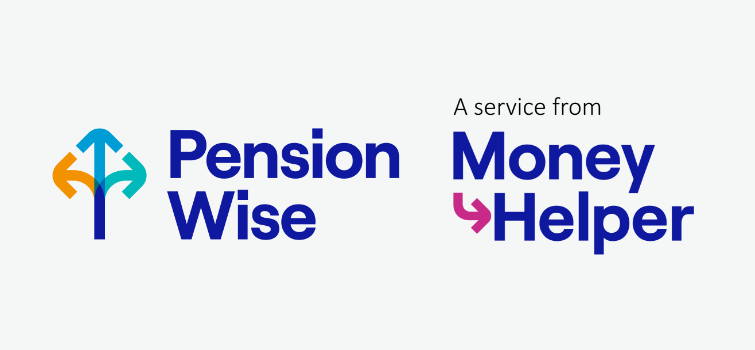ii SIPP
SIPP self-assessment tax return guide
If you are making contributions into a SIPP, you may need to complete a self-assessment tax return to claim additional tax relief.
Learn more with our guide.

Page contents:
- Self-assessment tax return and your SIPP
- Who needs to do a SIPP self-assessment tax return?
- When to do a SIPP self-assessment tax return
- How to add SIPP contributions to your tax return
- I didn't know I could claim tax relief on SIPP contributions with a tax return, can I claim for previous years?
- How will my tax relief rebate be paid?
Self-assessment tax return and your SIPP
When you pay into your SIPP (or any other personal pension) you are entitled to to claim tax relief on your contributions.
Pensions tax relief is equivalent to the rate of income tax you pay. So, if you pay 20% tax (basic rate), you will get 20% tax relief – effectively meaning that you don’t pay income tax on money you pay into a pension.
Your pension provider will automatically claim back basic rate tax relief on your behalf. However, if you pay higher or additional rate income tax, you may need to complete a self-assessment tax return to claim back the remainder of the tax relief that you are entitled to.
Who needs to do a SIPP self-assessment tax return?
Generally, self-assessment tax returns are necessary if you have more than one source of income, but there are occasions where people with only one source of income need to complete one.
This often includes higher or additional rate taxpayers who need to claim back tax relief on contributions into SIPPs or other private pensions.
However, it is important to note that this only applies if your employer pension contributions are paid in using a ‘relief at a source’ arrangement.
If your employer uses a ‘salary sacrifice’ or ‘net pay’ arrangement to make pension contributions, tax relief will be factored in and there will no need to reclaim tax relief back through self-assessment. This is because pension contributions in these cases are deducted from your income before it is taxed.
Check with your employer if you aren’t sure which method it uses.
Other people that only have one source of income that may need to complete a self-assessment tax return include:
• Self-employed people who don’t pay income tax via PAYE
• Parents that need to repay child benefit via the High Income Child Benefit Tax Charge
• Higher earners with an income of £100,000 or more before tax
When to do a SIPP self-assessment tax return
Whether you are completing a self-assessment tax return to claim back tax relief on SIPP contributions, or any other reason, it’s important to meet HMRC’s deadlines.
In the current tax year (2025/26) the key self-assessment deadlines you need to be aware of are:
• Register for self-assessment by 5th October 2025
• Paper tax returns are due by midnight on 31st October 2025
• Online tax returns are due by midnight on 31st January 2026
• Any tax owed must be paid by midnight 31st January 2026
How to add SIPP contributions to your tax return
It’s pretty straightforward adding SIPP contributions to your tax return. Under the section marked ‘tax reliefs’ you will be asked about any contributions that you have made to registered pension schemes, where basic rate tax relief has been claimed by the pension provider.
You’ll need to include the gross (before tax) value of your personal contributions, not including any employer contributions. Before you start completing your tax return it’s a good idea to grab your pension or bank statement, so you have the necessary numbers to hand.
I didn’t know I could claim tax relief on SIPP contributions with a tax return, can I claim for previous years?
Lots of higher rate tax payers aren’t aware that they can claim back tax relief back on their pension contributions by completing a self-assessment tax return.
The good news is that it is possible to put in a backdated claim for tax relief on pension contributions you have missed out on, but this is limited to four years. If you think you have lost out on tax relief for previous years, contact HMRC directly to reclaim it.
If you have already completed your self-assessment tax return for this year online and haven’t declared pension contributions, you can always go back and add it in, so long as it’s before the 31st January deadline.
How will my tax relief rebate be paid?
The tax relief you claim back can be paid back to you in a number of ways.
You could get a rebate paid directly back to you, or, if you have some tax to pay, it could be deducted from your bill. Alternatively you may request a change to your tax code, reducing the amount of tax you pay over the coming year.
How can Pension Wise help?
If you have a defined contribution pension scheme and are 50 or over, then you can access free, impartial guidance on your pension options by booking a face to face or telephone appointment with Pension Wise, a service from MoneyHelper.
If you are under 50, you can still access free, impartial help and information about your pensions from MoneyHelper.

Learn more about our SIPP
Learn how to make the most out of your SIPP with our useful guides.
Important information: The ii SIPP is for people who want to make their own decisions when investing for retirement. As investment values can go down as well as up, you may end up with a retirement fund that’s worth less than what you invested. Usually, you won’t be able to withdraw your money until age 55 (57 from 2028). Before transferring your pension, check if you’ll be charged any exit fees and make sure you don't lose any valuable benefits such as guaranteed annuity rates, lower protected pension age or matching employer contributions. If you’re unsure about opening a SIPP or transferring your pension(s), please speak to an authorised financial adviser.